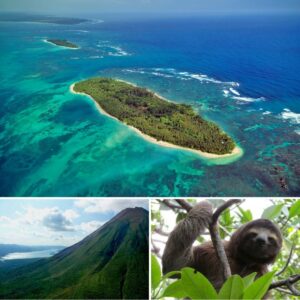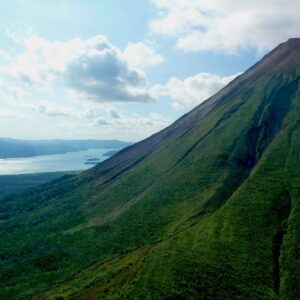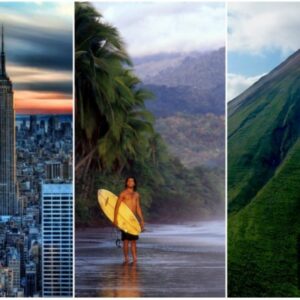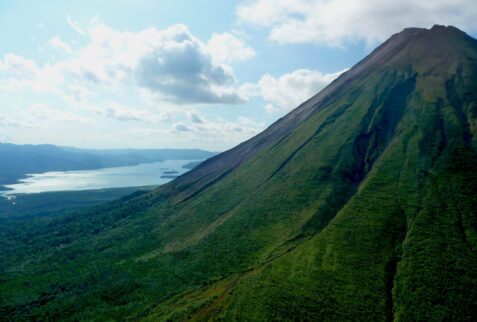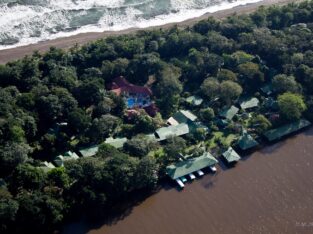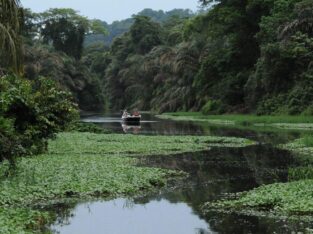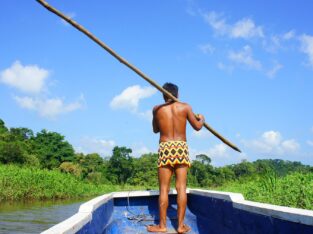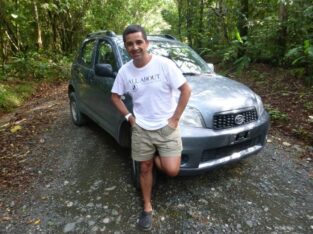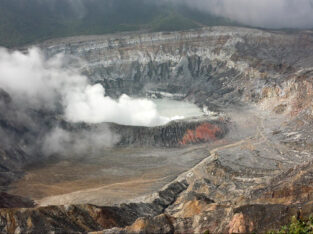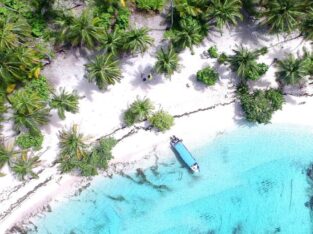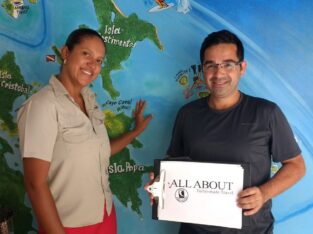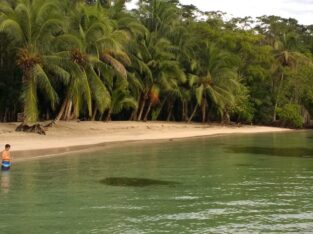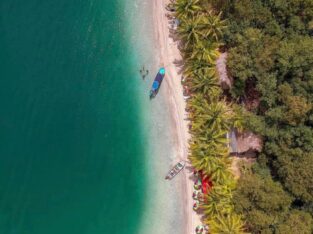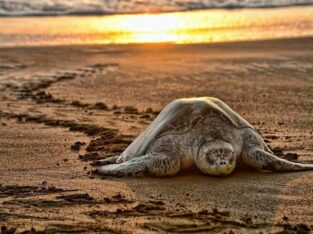Costa Rica tailor made holidays
Say PURA VIDA and escape to Nature! Costa Rica is a small country in Central America where you will find Nature at its best. If you fancy an eco holiday adventure, then think Costa Rica. Visit Tortuguero National Park, Arenal Volcano, Manuel Antonio, Corcovado and the bohemian beaches of Puerto Viejo, in the Caribbean Coast. Do not miss Osa Peninsula on the Pacific Coast. Many visitors fly first to New York for a 3-night city break, then fly from New York to San Jose to start their Costa Rica adventure before flying back to London. Others, after their travels in Costa Rica, prefer to spend a few nights in gorgeous Miami chilling and relaxing a few nights in South Beach before their return home.
British Airways operates direct weekly flights from London to San Jose between November and March/mid April. The flight duration between London and San Jose is approximately ten hours. Air Europa, Iberia, Air France or KLM fly daily from London, Manchester, Birmingham, Edinburgh, Glasgow or Belfast via Madrid/Paris or Amsterdam.
Most popular places to visit in Costa Rica
- Tortuguero National Park
- Manuel Antonio, Marino Ballena N.P. and Guanacaste, Pacific Coast.
- Puerto Viejo, Caribbean Coast.
- Nicoya Peninsula & Tambor.
- Arenal Volcano National Park.
- Osa Peninsula, Pacific Coast.
Good to Know, Costa Rica
Country
COSTA RICA
Visa Requirements
Tourist visa is not needed for British passport holders.
Languages spoken
Spanish
Currency used
Costa Rican Colon. US Dollars are widely accepted.
Best time to visit
See detailed information below.
While in Costa Rica, do not miss…
- Watching misbehaving monkeys staging a guerrilla raid on picnics in Parque Nacional Manuel Antonio.
- Leather back sea turtles making their millennial migration to Playa Grande and Tortuguero.
- Hiking and water rafting at Arenal Volcano National Park, Corcovado, Cahuita or Monte Verde Cloud Forest.
- Bird watching in Tortuguero National Park.
- Beach relaxation in Puerto Viejo or Manuel Antonio.
- The windswept wilderness beaches at the end of the Nicoya Peninsula.
- Parque Nacional Corcovado, among the most biodiverse places on Earth.
- You may consider a beach extension to the spectacular paradise of Bocas del Toro Archipielago (Panama), very close to Puerto Viejo in the Caribbean Coast.
Best time to visit, Costa Rica
The high season in Costa Rica, December through April, is the dry season. The rainy season, which lasts from May to November, usually sees sunny mornings, with rain showers in late afternoon and evening. Secondary roads can become rutted during those months, and four-wheeldrive vehicles are strongly recommended. Overall, the climate is tropical, with an average temperature of 22°C. It can be much hotter along the coastal areas of the country, and much cooler in the mountains.
How to get around in Costa Rica
To get to most regions, you have to start from San José, which is the hub of public transport. It is often easier to go to one region and then return to San José to find transportation to another area. However depending on what part of the country you are in there are some local hubs you can travel to get to another city in that same region.
Car rental is popular because a car can get you places you can’t get to by public transportation. It also gives you the freedom to travel when you want and to stop wherever you like. Alternatively, we can provide private or collective transfers throughout Costa Rica.
The other alternative is flying. This is a great time saver if you have the extra money and don’t necessarily need a car at your final destination.
Local currency
Costa Rican currency is the colon. It varies daily against the dollar and can be exchanged at banks and exchange booths or drawn from cash machines. American dollars and major credit cards are acceptable almost everywhere, except in small business establishments or hotels and restaurants in remote locations. Travelers’ checks are not exchanged as favourably as cash. If you pay by credit card, a small surcharge is sometimes added. ATMs are available in most cities and towns with bank offices. Some cash machines, particularly in remote areas may not be compatible with chip-and-pin debit cards – but a process of upgrading is in progress. Cash machines in large centres will give you the choice of dollars or colons, but in more remote areas you may only be able to get colons. Preloaded debit cards charged with dollars are a good choice for currency – but consider ordering some cash in bills before you depart. Be aware that it can be a challenge to exchange colons back into dollars or pounds once outside of Costa Rica.
SAFETY IN COSTA RICA
Without a doubt Costa Rica can be called the safest country in Central America. One of the reasons that Costa Rica continues to grow as one of the world’s top destinations is because it is one of the few destinations where travelers can feel safe exploring almost any part of the country.
WHAT HEALTH PRECAUTIONS ARE REQUIRED?
No shots are required, but we always suggest having a Hepatitis Ashot as a precaution. The water in the major cities of Costa Rica is safe and most hotels and restaurants offer purified tap water. You might prefer to drink bottled water (agua purificada) or seltzer (agua mineral) to be sure. Costa Rica has excellent, low-cost medical care and well-qualified practitioners.
HABLAS ESPANOL?
The national language in Costa Rica is Spanish. It is always useful to learn a few basic phrases like “cuanto cuesta” (how much…) or “donde esta…” (where is…) but you will notice that most local people speak a good level of English, especially in the tourist resorts.
CLOTHES – WHAT TO BRING.
Pack light. Bring comfortable, hand-washable clothing. T-shirts and shorts, loose-fitting long-sleeved shirts and pants are recommended if you want to avoid sun. Bring a large hat to block the sun from your face and neck. Pack a light sweater or jacket for the cool nights and early mornings and for trips up to volcanoes and highlands. Hiking boots are essential if you plan to do a lot of sightseeing and hiking. Waterproof hiking sandals or other footwear that lets your feet breathe are good for strolling about town, and also for beach walking, fording streams, and navigating the myriad mudholes you’ll find on rain and cloud forest trails. To get more specific, refer to the information provided in your itinerary.
PLUGS & TECHNOLOGY
The voltage throughout the country is 110, the same as in North America. However, three-prong outlets are scarce, so bring along an adapter if you need one. Travelers with appliances set for 220 will need an adapter that changes the voltage and allows for use of a different plug.
ARE TOURS & OPTIONAL EXCURSIONS AVAILABLE
Yes. You can pre-book these through us, from surfing lessons to horse riding, golf, etc…
INTERNET ACCESS
Available at most hotels and almost everywhere throughout the country.
WHAT’S THERE FOR CHILDREN TO DO?
Wild animals, active volcanoes, rainforests, beaches—what kid wouldn’t love Costa Rica? Parents are guaranteed a good time as well and will appreciate the country’s myriad kid-friendly adventure possibilities as well as a culture that dotes on children. Ziplining through Monteverde’s foresty canopy, watching groups of ridley turtles lay their eggs at night or spotting basking crocodiles while exploring the jungle rivers of Tortuguero National Park, learning to surf at Mal País and Santa Teresa, white water rafting on the Río Reventazón or Río Pacuare, both rivers with smoother runs that are ideal for familes… these are some of many ideal family attractions in Costa Rica.
ARE GAY TRAVELLERS WELCOMED?
The answer is yes. Costa Rica is a tolerant country and homosexuality is not illegal. In some areas (ie. San Jose or La Fortuna) there’s a small gay community. As of May 2020, same-sex marriage is now legal in Costa Rica. See BBC recent article Costa Rica celebrates first same-sex weddings for exact information.
WHAT PROVISIONS ARE MADE FOR DISABLED TRAVELLERS?
Costa Rica is rather a hands-on, physically involved holiday destination. When travelling from A to B, the terrain can be rough as the tiny country is resplendent with volcanoes and tropical, dry, and cloud rainforests. It is a wonderful place to visit and most hotels do offer facilites for disabled travellers.



